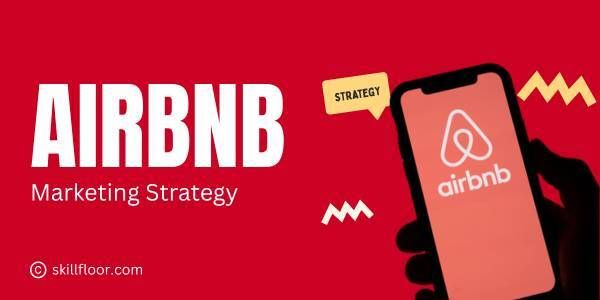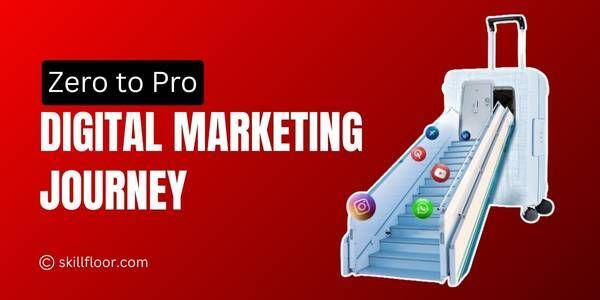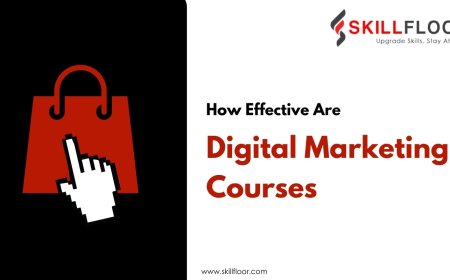Coca-Cola Marketing Strategy: Case Study
Discover Coca-Cola's marketing strategy that drives brand loyalty and engagement. Don’t miss out on how they maintain dominance in a competitive market.
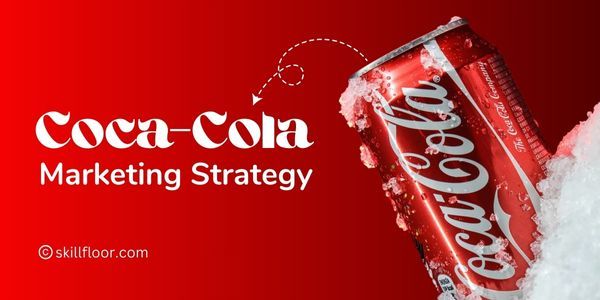
Coca-Cola is one of the world’s most recognizable brands, not just because of its soft drink, but because it connects with people emotionally. The brand focuses on happiness, feelings, and experiences, making it loved across generations and countries. Its marketing strategy goes beyond selling a product it creates lasting bonds with customers.
This study explores how Coca-Cola marketing Strategy has evolved to stay relevant. From emotional ads to creative digital campaigns, the brand knows how to keep customers engaged. By analyzing its key strategies, I’ll highlight why Coca-Cola remains a leader in the beverage industry.
Coca-Cola's Brand Overview
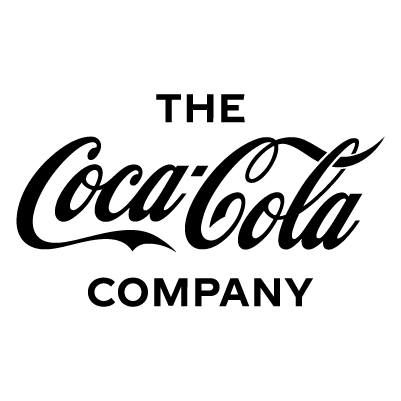
Coca-Cola is one of the most recognizable brands in the world. Its story began more than 100 years ago when John Pemberton, a pharmacist in Atlanta, Georgia, invented the drink as a medicinal tonic. Today, it’s much more than just a beverage Coca-Cola is a part of global culture, a symbol of joy and celebration. The brand is known for its bold red and white colors, as well as its timeless logo that has been featured in millions of advertisements.
The Coca-Cola brand is built on values of happiness, togetherness, and refreshment. It’s about enjoying life’s moments, whether you're with friends, family, or even by yourself. Coca-Cola has expanded its product range over the years, offering various drinks like Diet Coke, Coca-Cola Zero, Sprite, and even bottled water (Dasani). This allows the brand to cater to different tastes and preferences. Coca-Cola’s target audience is vast, from young adults to families. The brand connects with people of all ages, making it one of the most universal and inclusive brands globally.
Core Elements of Coca-Cola Marketing Strategy
Let’s get into the four key pillars of Coca-Cola Marketing Strategy: Product, Price, Place, and Promotion.
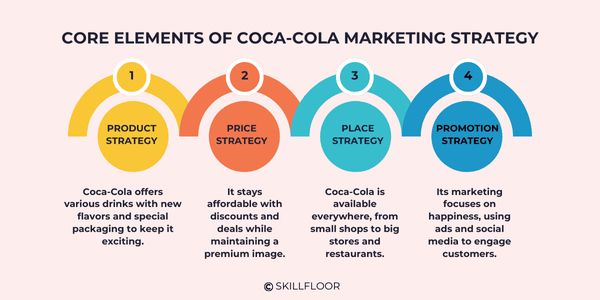
1. Product Strategy
-
Coca-Cola offers a variety of drinks for different customer preferences, including regular and sugar-free options.
-
The company introduces new flavors (like Cherry or Vanilla Coke) to keep its products exciting.
-
Limited-edition flavors, seasonal packaging (like holiday cans), and custom designs make the brand stand out.
-
Innovative packaging helps Coca-Cola maintain a fresh and modern appeal.
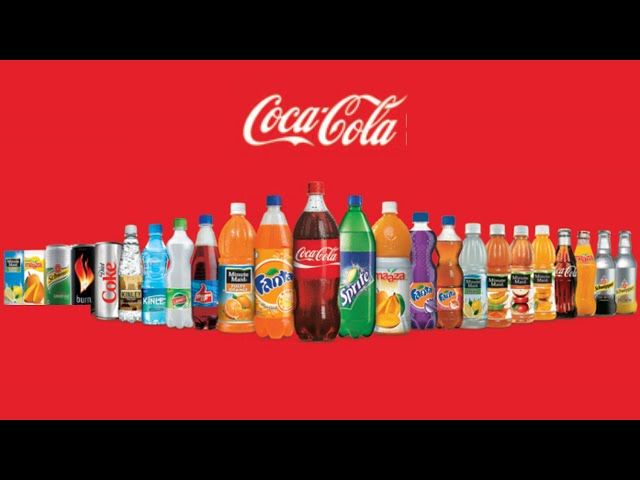
Coca-Cola offers a variety of beverages to cater to different tastes and preferences. The brand includes soft drinks, fruit juices, energy drinks, and bottled water. Coca-Cola continues to innovate by introducing new flavors, sugar-free options, and health-conscious alternatives to meet consumer demand.
Coca-Cola Product List
- Classic Soft Drinks:
-
Coca-Cola Original
-
Coca-Cola Zero Sugar
-
Diet Coke
-
Coca-Cola Cherry
-
Coca-Cola Vanilla
-
Coca-Cola Lime
- Flavored & Specialty Drinks:
-
Coca-Cola Orange Vanilla
-
Coca-Cola Cinnamon (Seasonal)
-
Coca-Cola Starlight
-
Coca-Cola Dreamworld
-
Coca-Cola Creations (Limited Editions)
- Energy Drinks:
-
Coca-Cola Energy
-
Coca-Cola Energy Zero Sugar
- Juice & Non-Carbonated Beverages:
-
Minute Maid (Orange Juice, Apple Juice, and more)
-
Simply (Lemonade, Orange Juice, and other flavors)
-
Honest Tea (Iced Teas and Herbal Teas)
- Sports & Hydration Drinks:
-
Powerade
-
Vitaminwater
- Bottled Water:
-
Dasani
-
Smartwater
- Other Brands Under Coca-Cola:
-
Sprite (Lemon-Lime Soda)
-
Fanta (Fruity Flavored Soda)
-
Schweppes (Tonic Water, Ginger Ale)
-
Barq’s (Root Beer)
-
Fresca (Citrus Soda)
2. Price Strategy
-
Coca-Cola keeps its prices competitive while maintaining a premium brand image.
-
Prices may change based on location (e.g., higher prices in restaurants than in grocery stores).
-
Special discounts, holiday deals, and multi-pack offers encourage customers to buy more.
-
Pricing remains stable across different regions, making Coca-Cola affordable worldwide.
3. Place Strategy
-
Coca-Cola has one of the largest distribution networks globally.
-
The brand ensures its products are available everywhere—from small villages to big cities.
-
Coca-Cola is sold in supermarkets, convenience stores, vending machines, restaurants, and even at major events.
-
Even during tough economic times, Coca-Cola remains widely available due to its strong distribution system.
4. Promotion Strategy
-
Coca-Cola’s marketing focuses on happiness, sharing, and enjoying life’s special moments.
-
Ads feature uplifting music, friends, family, and celebrations to create emotional connections.
-
The brand doesn’t just sell a drink it sells an experience, like enjoying a Coke at a BBQ or during the holidays.
-
Coca-Cola also uses digital marketing through Instagram, Facebook, Twitter, and YouTube to engage younger audiences.
-
Interactive campaigns, contests, and viral marketing keep customers engaged and connected to the brand.
Coca-Cola’s Advertising and Promotional Campaigns
One of the most important aspects of Coca-Cola Marketing Strategy is its advertising. Coca-Cola has a long history of creating memorable and emotional advertisements. These campaigns often focus on themes like love, friendship, and happiness. Here are some of the most notable campaigns that have shaped Coca-Cola Marketing Strategy:
-
“Share a Coke” Campaign: Launched in Australia in 2011, this campaign replaced the Coca-Cola logo with popular names on bottles, personalizing the product experience. The initiative expanded globally, reaching over 80 countries. In the U.S., it led to a 2% increase in sales, reversing a decade-long decline. The campaign also saw over 500,000 photos shared on Instagram with the hashtag #ShareaCoke, significantly boosting social media engagement.
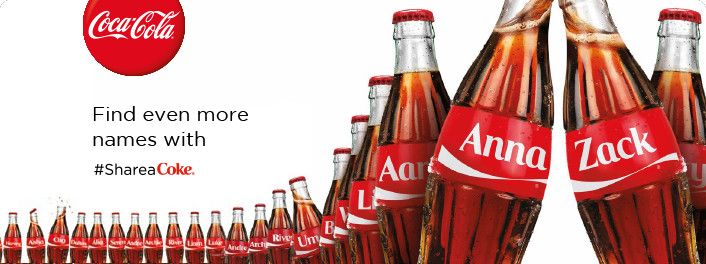
This simple idea was a huge hit because it personalized the experience for consumers. People loved finding bottles with their own names or the names of their friends, creating a sense of fun and excitement. The campaign was a success because it encouraged people to share their personal moments with Coca-Cola, aligning perfectly with the core of Coca-Cola Marketing Strategy creating joyful experiences.
-
“Open Happiness” Campaign:
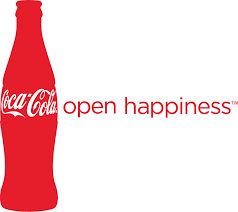
Coca-Cola Marketing Strategy became even more centered around positivity with the launch of the “Open Happiness” campaign. This campaign invited people to take a break, open a Coke, and enjoy a moment of happiness. The campaign featured various people from around the world sharing moments of joy, all tied together by the refreshing taste of Coca-Cola. It was about connecting the product with the good feelings that people associate with shared experiences.
-
“Taste the Feeling” Campaign: Launched in 2016, this campaign took a more universal approach. It connected Coca-Cola with moments of refreshment, enjoyment, and togetherness. The advertisements showed people of all backgrounds drinking Coca-Cola in different settings at a concert, on a family picnic, or during a break at work. The message was simple: Coca-Cola is for everyone, and it makes life’s best moments even better.
|
Campaign Name |
Benefits |
|
Share a Coke |
Increased sales by 2%, improved social media engagement, and personalized customer experience. |
|
Open Happiness |
Strengthened brand association with happiness and positivity, encouraged emotional connection. |
|
Taste the Feeling |
Showcased Coca-Cola as a drink for all, linked product to shared moments and refreshment. |
Coca-Cola’s Social Media & Digital Marketing
In the digital age, Coca-Cola Marketing Strategy has adopted social media as a powerful tool to engage with customers directly. Social media platforms allow Coca-Cola to create real-time engagement with millions of people, share promotional content, and launch viral marketing campaigns. Let’s look at how Coca-Cola Marketing Strategy has evolved through digital marketing:
-
Engagement and Content Creation: Coca-Cola’s social media content often includes short videos, images, and interactive posts that encourage user participation. For instance, they regularly launch hashtag campaigns, such as #ShareACoke or #TasteTheFeeling, where they ask fans to share their own Coke moments. This allows users to feel like they’re part of the Coca-Cola community, fostering a sense of connection with the brand.
-
Influencer Marketing: Coca-Cola Marketing Strategy has collaborated with influencers across platforms like Instagram, TikTok, and YouTube. These influencers help reach younger audiences who are more likely to trust recommendations from their favorite content creators. For example, influencers may post videos showing themselves enjoying a Coke during an event, highlighting the drink’s connection to fun and social gatherings.
-
User-Generated Content: Coca-Cola encourages its fans to share their personal experiences with the product. By reposting user-generated content on its official accounts, Coca-Cola not only builds community but also gives recognition to its loyal consumers. This creates a positive feedback loop, encouraging more people to interact with the brand.
Through social media and digital marketing, Coca-Cola Marketing Strategy has created a vibrant, interactive presence that keeps the brand fresh and top of mind for consumers, especially younger generations.
Sponsorships and Partnerships
Coca-Cola Marketing Strategy has always focused on aligning with significant global events. Through sponsorships and partnerships with major global events, the brand is able to reach millions of people while aligning itself with important cultural moments. These sponsorships have become an essential part of Coca-Cola Marketing Strategy.
-
Sports Sponsorships: Coca-Cola has been a long-time sponsor of major sporting events, including the FIFA World Cup, the Olympics, and Formula 1 racing. These partnerships give Coca-Cola a global stage to advertise its products to a wide and diverse audience. Coca-Cola is often featured in commercials during halftime shows or at the actual event, and its products are served to fans and athletes alike.

Coca-Cola holds the distinction of being the longest-standing partner of the Olympic Movement, supporting every edition since 1928. This enduring partnership is set to continue through at least 2032, marking over a century of collaboration. In 2024, Coca-Cola's annual sponsorship investment was approximately $93 million, which includes promoting the Olympic Torch Relay.
-
Music Festivals: Coca-Cola Marketing Strategy also includes partnerships with popular music festivals like Coachella and Glastonbury. By connecting with music lovers and festival-goers, Coca-Cola positions itself as a brand that adds fun and excitement to youthful experiences.
-
Charity Partnerships: Coca-Cola has partnered with charitable organizations around the world to make a positive impact on communities. Whether it’s promoting recycling initiatives or supporting education, these partnerships help Coca-Cola position itself as a company that cares about social and environmental issues.
Coca-Cola’s Corporate Social Responsibility (CSR) and Sustainability Efforts
As the world becomes increasingly focused on sustainability and social responsibility, Coca-Cola Marketing Strategy has worked hard to show that it is a company that cares about its impact on the environment and society. Coca-Cola has launched several initiatives aimed at improving the world around them, which also enhances the company’s image among consumers who are concerned about environmental issues.
-
Water Conservation: Coca-Cola has taken significant steps to reduce its water usage in production and ensure that the communities where it operates have access to clean water. The company has invested in water replenishment programs in areas where water is scarce.
-
Packaging Sustainability: Coca-Cola Marketing Strategy includes making its packaging more sustainable. It is working to increase the amount of recycled content in its bottles and cans, as well as encouraging consumers to recycle. Coca-Cola aims to collect and recycle the equivalent of every bottle or can it sells by 2030.
-
Social Responsibility Projects: Coca-Cola also supports education, health, and economic development initiatives around the world. Through partnerships with local and global organizations, Coca-Cola has made significant contributions to improving the quality of life for people in underserved communities.
Coca-Cola’s marketing strategy is built on strong branding, emotional appeal, and global adaptability. The company uses eye-catching advertisements, consistent logos, and a signature red-and-white color scheme to create instant recognition. It connects with people by promoting happiness, togetherness, and special moments in its campaigns. Coca-Cola also adapts its products and messaging to different cultures and markets while maintaining a universal theme. The brand invests heavily in sponsorships, digital marketing, and creative storytelling to stay relevant and engage with customers worldwide. By leveraging social media, influencer marketing, and innovative packaging, Coca-Cola continuously strengthens its presence. This well-planned strategy has made it one of the most powerful and successful brands in the world.

